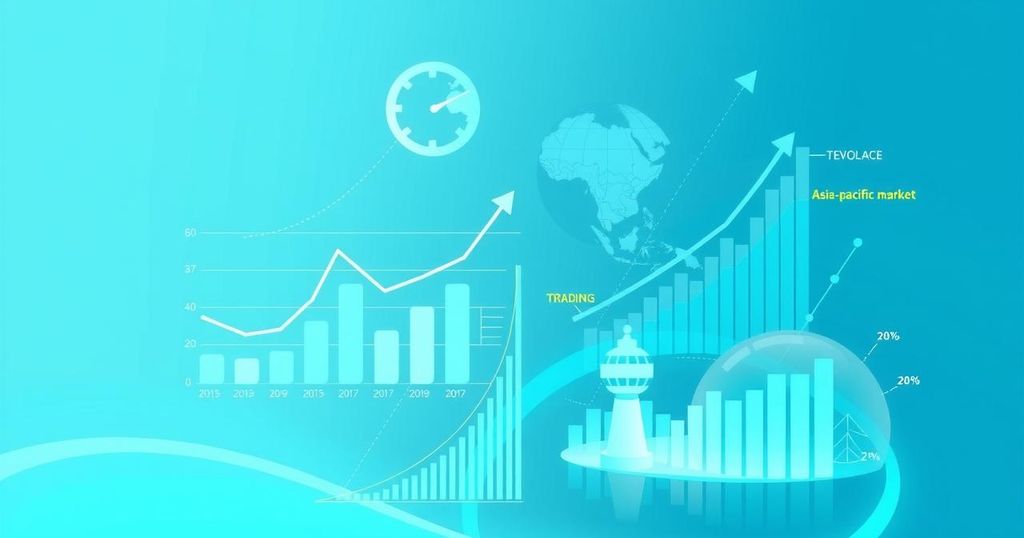Egypt’s Fiscal Growth: LE 330 Billion Surplus and Major Increases in Revenue and Social Spending
Egypt achieved a record primary surplus of LE 330 billion, with a 38.4% rise in tax revenues and a 44% increase in social spending, emphasizing financial stability and support for vulnerable populations. Improvements in debt management pave the way for future economic growth and job creation, aligned with the government’s fiscal strategy for FY2025/2026.
Egypt has achieved its highest primary surplus, totaling approximately LE 330 billion from July 2024 to February 2025. Minister of Finance Ahmed Kouchouk reported this significant milestone during a meeting with Prime Minister Mostafa Madbouly, highlighting the government’s ongoing efforts to strengthen financial stability and enhance revenue generation.
The country experienced a notable 38.4 percent increase in tax revenues year-on-year, representing the most substantial growth rate in recent years. This increase has facilitated a rise in government spending on vital sectors, with health and education expenditures increasing by 29 percent and 24 percent respectively. Furthermore, there has been a 44 percent rise in spending on subsidies, grants, and social benefits, demonstrating the government’s commitment to assist vulnerable population groups.
Kouchouk also pointed out advancements in debt management, noting a more efficient distribution of interest payment obligations throughout the fiscal year. The slowdown in treasury-funded investment growth aligns with the government’s focus on prioritizing public spending while ensuring a healthier fiscal trajectory. By revising investment plans and adhering to expenditure limits, the government is poised for sustainable financial management.
Looking toward the FY2025/2026 budget, Kouchouk outlined key priorities, including stimulating economic growth and creating jobs. The government aims to bolster confidence in the Egyptian economy by supporting productive sectors, particularly through the enhancement of tourism and technology industries. Essential measures to maintain both financial and economic stability involve meeting fiscal targets, reducing debt, securing energy resources, and fulfilling sector commitments.
Moreover, there is an increase in allocations for social protection and human development, maintaining support for marginalized groups. Initiatives such as the Takaful and Karama program, alongside investments in health and welfare projects, are being expanded. Kouchouk also updated funds from Egypt’s International Monetary Fund (IMF) reform program, indicating the approval of the fourth tranche disbursement and preparations for the upcoming fifth review, alongside a proposal to alleviate the debt burden of budgetary institutions.
Egypt’s FY2025/2026 financial strategy is designed to balance economic growth, fiscal discipline, and enhanced social support, aiming to ensure sustained development and economic stability.
Egypt’s fiscal landscape has remarkably improved, evidenced by a LE 330 billion primary surplus and a substantial rise in tax revenues. Continued investment in health, education, and social welfare demonstrates the government’s commitment to supporting its citizens. The strategic focus on economic growth, job creation, and fiscal sustainability reflects profound efforts to stabilize and develop Egypt’s economy for the future.
Original Source: www.egypttoday.com




Post Comment